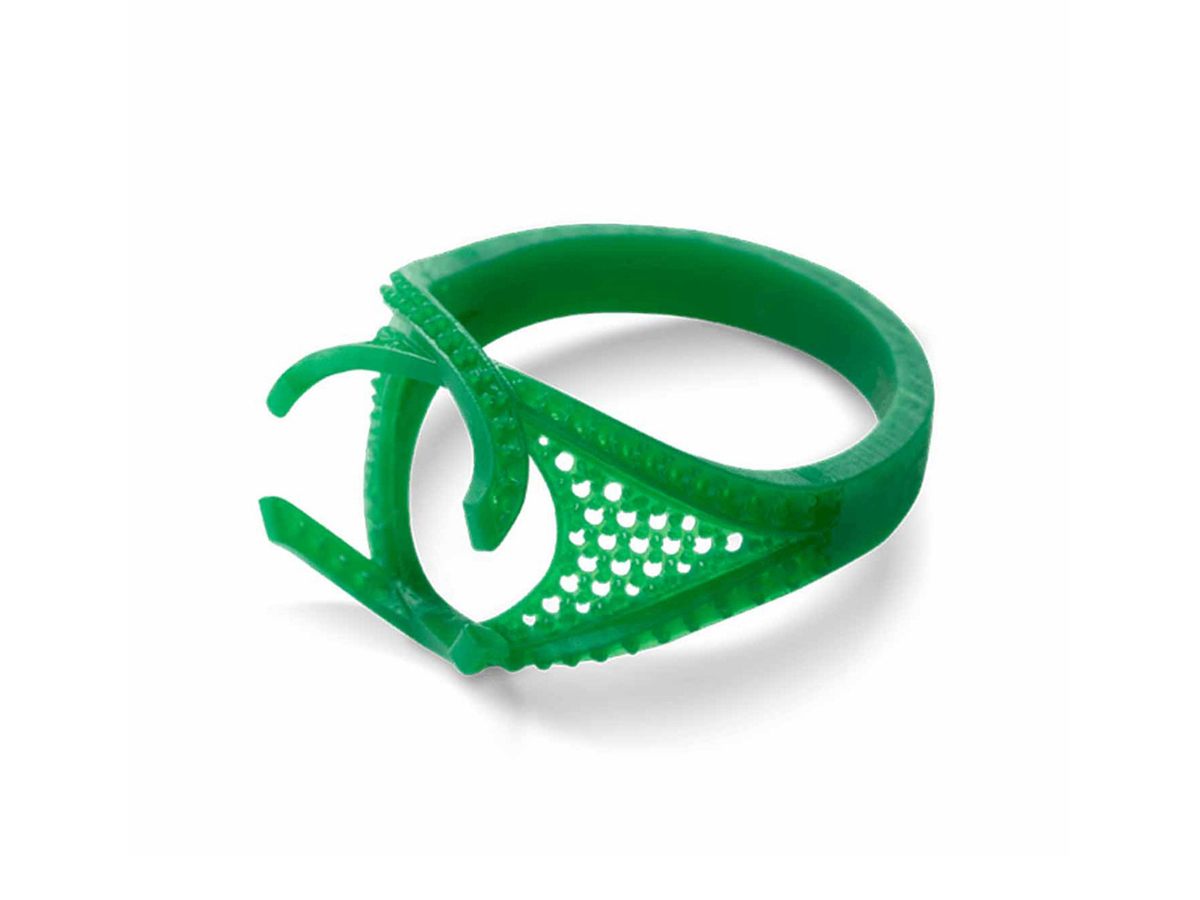Fashion Accessories Reimagined With Intricate And Lightweight Resin 3D Printed Jewelry
Introduction
Resin 3D printing is revolutionizing fashion accessories by enabling the creation of intricate, lightweight, and highly customized jewelry pieces that blend art with technology. Utilizing advanced resin 3D printing technologies like Stereolithography (SLA) and Digital Light Processing (DLP), premium resin materials such as Standard Resin, Durable Resin, and Flexible Resin empower designers to create fashion-forward accessories that were previously impossible with traditional craftsmanship.
Compared to conventional jewelry fabrication, resin 3D printing for fashion accessories offers greater design freedom, faster prototyping, and the ability to produce highly detailed, lightweight pieces at lower costs.
Applicable Material Matrix
Material | Surface Finish Quality | Flexibility | Tensile Strength (MPa) | Feature Resolution | Jewelry Suitability |
|---|---|---|---|---|---|
Excellent | Low | 50–70 | Ultra-Fine | Detailed rings, pendants, earrings | |
Good | High | 45–55 | Fine | Flexible wearable accessories | |
Very Good | Very High | 10–15 | Fine | Soft wearable jewelry | |
Very Good | Moderate | 55–65 | Fine | Functional, durable jewelry parts | |
Excellent | Moderate | 50–65 | Fine | Clear and translucent jewelry elements |
Material Selection Guide
Standard Resin: Offers excellent detail and smooth surfaces, ideal for creating delicate jewelry pieces like filigree earrings, intricate pendants, and decorative rings.
Durable Resin: Adds flexibility and strength, making it suitable for bracelets, cuffs, and other accessories that require repeated flexing and wear resistance.
Flexible Resin: Perfect for soft-touch jewelry and comfortable wearable designs that need to move naturally with the body.
Tough Resin: Provides impact resistance for jewelry designs that combine elegance with robust usability, such as modular statement pieces.
Transparent Resin: Enables the creation of light-transmissive or gemstone-simulated elements within jewelry collections.
Process Performance Matrix
Attribute | Resin 3D Printing Performance |
|---|---|
Dimensional Accuracy | ±0.03–0.05 mm |
Surface Roughness (As-Printed) | Ra 2–6 μm |
Layer Thickness | 25–100 μm |
Minimum Wall Thickness | 0.3–0.6 mm |
Feature Size Resolution | 100–300 μm |
Process Selection Guide
Ultra-Fine Detail: SLA and DLP technologies deliver intricate textures, lattice structures, and fine ornamentation, enhancing design uniqueness.
Lightweight Comfort: Thin-walled and hollow structures reduce overall weight, making large statement jewelry pieces comfortable for daily wear.
Creative Surface Treatments: Post-processing options like painting, electroplating, and dyeing allow for customized finishes — metallic, glossy, or matte looks.
Rapid Prototyping: Designers can quickly test new styles, iterate shapes, and produce collections with fast turnaround times.
Case In-Depth Analysis: SLA 3D Printed Fashion Jewelry Collection
A luxury fashion brand sought a limited-edition jewelry line featuring lightweight, intricate designs for a fashion runway show. Using our resin 3D printing service with Standard Resin and SLA technology, we produced a collection of ornate necklaces, earrings, and bracelets, each achieving dimensional accuracy within ±0.03 mm. The pieces were hand-painted and finished with a metallic coating for a premium look. The project accelerated production timelines by 50% compared to traditional jewelry manufacturing, allowing rapid launch ahead of schedule.
Industry Applications
Fashion and Jewelry Design
Limited-edition fashion accessories for runway shows.
Mass-customized jewelry lines for consumer markets.
Experimental wearable art pieces.
Consumer Personalization
On-demand customized rings, earrings, and bracelets.
Personalized jewelry created through online configurators.
Art and Exhibition
Sculptural, wearable pieces for museum exhibitions and galleries.
Conceptual jewelry pushing boundaries of traditional design.
Mainstream 3D Printing Technology Types for Resin Jewelry Components
Stereolithography (SLA): Best for ultra-smooth, high-detail jewelry with intricate surface designs.
Digital Light Processing (DLP): Ideal for fast production of small, highly detailed jewelry collections.
FAQs
What resin materials are best for intricate 3D printed jewelry?
How does resin 3D printing enhance lightweight jewelry design?
Can 3D printed resin jewelry be post-processed for different surface finishes?
What design freedoms does 3D printing offer for custom jewelry collections?
How does resin 3D printing reduce development time for fashion accessory lines?

